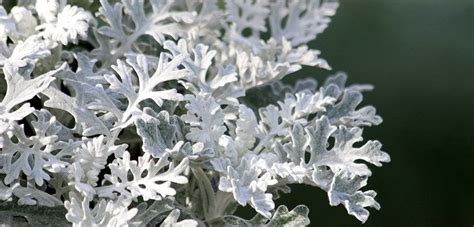Known as Umbrella Bamboo, this plant originates from China and is versatile enough to tolerate sun, wind, and partial shade, making it ideal for forming a dense, elegant hedge. To promote healthy growth, fertilizing black bamboo can provide a significant nutrient boost. It’s crucial to transplant bamboo either before new shoots grow or after growth has ended, preferably in early spring or late fall. Position the bamboo in the center of the container, ensuring the top of the root ball is level with the pot’s rim.

Recently, heavy-duty materials like wood-trimmed galvanized and corrugated finish plant pots have gained popularity. When it comes to fertilizing bamboo, it’s important to select the right type that includes essential nutrients like nitrogen, phosphorus, and potassium. This bamboo is hardy in temperatures ranging from 23F to 14F (-5C to -10C), making the classic Hedge Bamboo a great choice for adding privacy to your balcony.
Explore bamboos suitable for containers and planters for your patio or balcony. Add character to your space with our impressive collection of planters and pots, available at up to 60% less. Phyllostachys nigra, a running bamboo, can be safely contained in pots and troughs. For shorter spans or single planters, most shapes and materials are suitable.
Use a peat-free 50/50 or multipurpose potting compost and sprinkle a thin layer at the pot’s bottom. Give bamboo the best start by mixing compost with the planting hole soil. Discover the versatility of bamboo in plant stands, shelves, and racks for both indoor and outdoor use.
For fertilizing, use a slow-release organic fertilizer high in nitrogen. Arundinaria auricoma, a very hardy bamboo, grows up to 3 feet with purplish-green canes and bright yellow-green foliage. Phyllostachys aurea, known as Golden Bamboo, is a popular choice in the U.S. WATIKA CRAFT offers natural bamboo wall hanging planters for an aesthetic touch. Remember, bamboo eventually outgrows its space, so plan accordingly. Compost is an alternative method for feeding bamboo, providing slow and steady nourishment.
Add a splash of color and personality to your garden with our diverse range of plant pots. Once you’ve selected a location for your bamboo, it’s time to plant. You’ll need a non-draining pot, clean sand, pebbles/rocks, filtered water, and your bamboo to get started. The main concern with running bamboo is its tendency to spread, but proper planting in containers can help manage this growth.
Here’s a basic overview of growing bamboo from seed: prepare and moisten compost in a seed tray or pots. Whether you’re looking for new hanging plant pots or a novelty planter, there are plenty of options available. Containers make it easy to repot bamboo without it taking over your garden. Put the potting mix at the bottom of the container to the appropriate depth, allowing the bamboo to sit at the same height as in the nursery pot.

